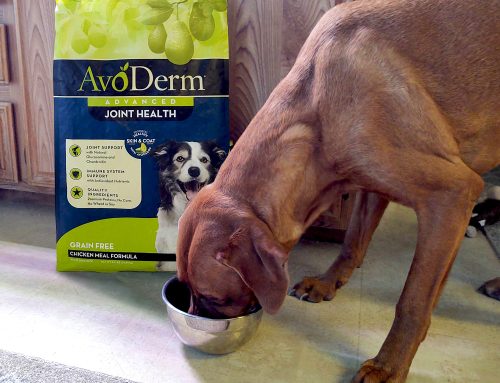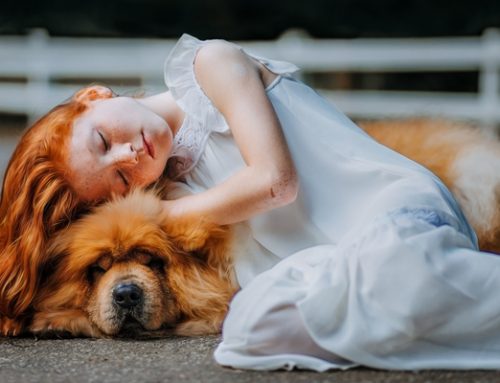Pets are members of our families and we want them to be happy and healthy. That means taking them to the veterinarian for regular care and being prepared for any large, unexpected expenses in the future. Pet insurance can help but is it worth it, in the long run?
What is Pet Insurance?
Pet insurance is health insurance for dogs and cats. It’s just like human health insurance; you pay a monthly premium and, if your pet has a costly vet visit, the insurance company will cover some or all of the costs. Life is unexpected and pet insurance helps you be prepared to give your furry family members the quality healthcare they deserve.
Pet insurance comes in three types. Accident, illness and wellness coverage each pertain to a different aspect of a pet’s well being. These can be combined or purchased separately, depending on your pet’s needs and your budget. Wellness coverage is usually the least essential category.
Wellness coverage includes teeth cleanings, annual exams, flea treatments, vaccinations and more. Before you add this to your plan, determine if and how often your pet will need these services. Sometimes, you’ll pay less out of pocket than you would pay in premiums.
Pet insurance usually works through reimbursements; you pay the vet bill up front and the insurance company reimburses the amount it covers. If you’re on a strict budget, it’s important to check how quickly insurance companies will reimburse your payment when you’re shopping for a plan.
What Insurance Covers
Pet insurance covers potentially expensive veterinarian bills that can come from injuries and other unexpected events. In the U.S. today, almost 2 million pets have health insurance plans to help with these costs. Pet insurance mainly covers treatment costs and some veterinary fees. No policies cover pre-existing conditions and some don’t cover follow-up appointments or exam fees either.
The Cost of Pet Insurance
The average cost of many accident and illness pet insurance plans is around $35-40 per month. Accident only plans are significantly cheaper—around $15 per month, on average.
You’ll start with a lower premium if you insure your kitten or puppy from a young age. Unfortunately, many plans feature age-based premiums that rise drastically as your dog or cat grows older. A dog’s premium could increase to $150 per month by the time she’s eleven or twelve years old.
These age-based premiums could add up to a large, possibly unexpected chunk of money. Be prepared by estimating total costs while you shop for a plan. Get quotes for your dog or cat at various ages and calculate the yearly increases in premiums. And don’t forget—the price of a vet visit rises with inflation too. This might increase future premiums but it would also increase out-of-pocket costs without insurance.
An attractive feature of accident-only plans is that they don’t usually have age-based premiums. This coverage option—if you determine it’s right for your pet—can be a comparatively inexpensive way to ensure that your pet has access to the best care for any accidents.
If the prospect of ever-rising premiums is intimidating, you can still prepare yourself for future pet expenses in another way: saving. Decide on a reasonable but realistic number that you can imagine paying for veterinary care and start an emergency fund specifically for that.
Whether it’s a savings account or an envelope in your home safe, this is a good middle-of-the-road way to ensure that you can give your pet the best healthcare. It’s more limited than insurance because it only covers the amount you’ve saved up. But it’s also potentially less expensive.
Is Pet Insurance Worth It?
The value of pet insurance depends on your pet, his needs and your financial situation. There are many variables involved in the decisions to purchase pet insurance and the kind of coverage to include. Like all forms of insurance, it’s an expense that you hope you never have to use.
At the same time, everyone wants to be able to give their pet all of the care they might need. It’s a decision about how much you’re willing to pay for peace of mind. It’s possible that your pet’s vet bills won’t cost as much as the premiums for insurance. It’s also possible that future veterinary expenses could cost much more than insurance premiums.
If you have sufficient funds to pay the premiums without worrying, pet insurance is probably a smart investment. If, on the other hand, you feel nervous about the long-term costs and how far they might rise, you can look at accident-only coverage plans to avoid age-based premium increases.
Pet insurance can be expensive and it could be money spent on nothing more than peace of mind. But this is an expense that you hope to pay for and never use. Of course, life is unpredictable and you want every member of your family—including the four-legged ones—to have the best care available. That means being well prepared. Insurance is a good way to be sure that you are.
The most important steps in deciding on pet insurance are doing detailed research, being honest with yourself about your finances and thinking about how much you’re willing to pay for peace of mind. Pet insurance is something you hope you don’t have to use. But, if you do need it, you might be happy you have it.
AvoDerm is a registered trademark of Central Garden & Pet Company.





